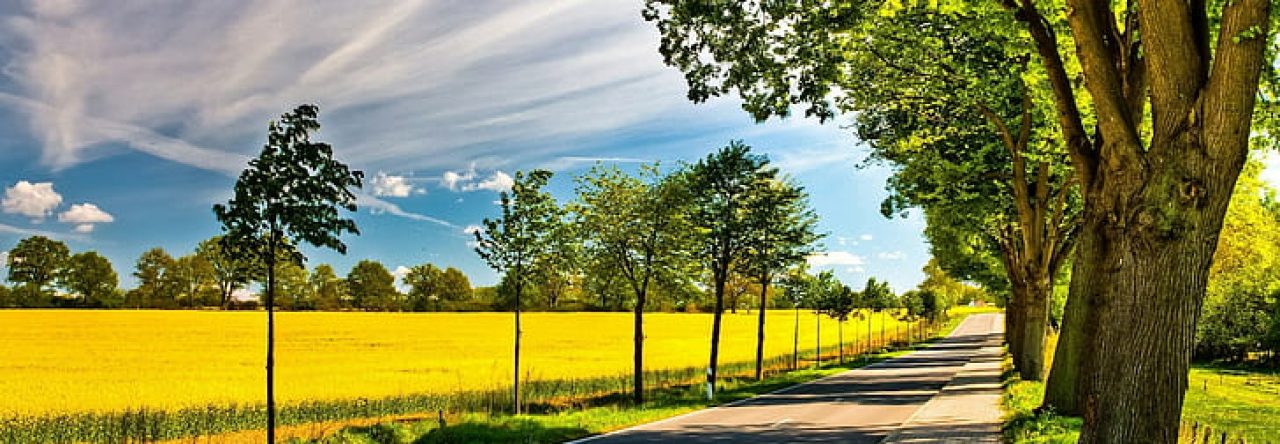Retaining walls are physical barriers that hold soil in place. They are often constructed of concrete or stones and are therefore known as retaining wall. Retaining walls can withstand earthquakes and hold soil in place under any pressure. They are used in many industries including agriculture, construction, fencing, embankments and other.
Retaining walls generally consist of Concrete Cast Block (CCB), Terracotta / Quarry Resin Blocks (GRB), and Brick Block (BB). Other materials used in the construction of retaining wall walls include gravel, bitumen and cement blocks, strip, and plate lap. These blocks come in many sizes, which makes them suitable for various applications. There are many types of segments that can be used to make these walls. Segmental Block Systems are the most popular among all the Segmental Retaining wall Systems. Here are a few examples.
Retaining walls are often used to support sloping roofs and foundations. Retaining Walls can be used to support roofs with an inclined slope. It will also reduce the amount work required to construct the retaining wall. They can also be used as safety precautions for those working on the sloped area. Sector Blocks are useful for preventing a tractor from falling on the sloping surfaces, such as when it is necessary to place it on the roof of a home to perform repairs.
Retaining Walls can be made with concrete blocks to either increase strength or decrease the load. As they are not only tall but also solid and strong, they can resist any force that is directed at them. Another advantage of using concrete blocks as the raw material for making these walls is that one can make them out of a variety of materials. There are many options for making them, including wood, plastic, metal, and even metal. Concrete is the most popular material for making them.
Retaining Walls provide additional security for offices and homes, as well as a distinctive aesthetic appeal to surrounding areas. Concrete blocks are preferred by many homeowners and businesses for building their retaining walls. There are many options on the market. Amongst all the options, slate, ceramic tiles, flagstones, sandstone and flagstones are the most popular options for constructing walls, which are also known as bluffing walls.
Amongst all these options, the most popular among all are the more permanent and stronger type of Retaining Walls, which are generally made out of either concrete or stone. Concrete blocks are more durable than stones, as they have higher internal pressure and weight. Stones are lighter than concrete blocks, and therefore have less internal pressure. Stone Retaining Walls are the best option for high risk projects that require strong support and reinforcement. The fundamental difference is that gravity retaining walls are built on the soil while gravity walls are built on the ground.
There are many options, but the most popular and widely used is the anchored wall. These walls are made with steel cables and trusses, and anchor rods that are embedded in the ground. Because the anchors are embedded deep into the ground, the soil pressure will prevent collapse of the wall. This type of wall is expensive and requires more excavation. This option provides protection against natural calamities like floods, earthquakes and landslides.
Sloped retaining pillars can also be used. This is a combination from two retaining walls within one structure. The first layer of retaining walls is placed on the ground while the other is sloped towards a slope. This option is best if you have a small hill or steep incline at your property’s edge. This allows for a more even distribution of the wall’s mass and increases its load-bearing capability. Moreover, this option is also very cost effective and is preferred when there is no or little slope or grade in the earth.

